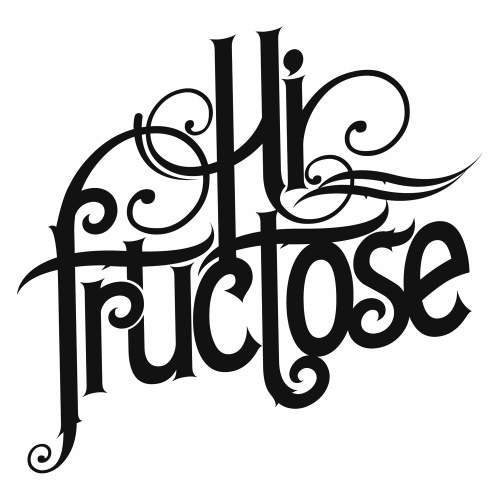I like the idea of blue being next to yellow to make green, etc. So if that falls into a category like Impressionism or something else then that’s cool.
Does the restrictive palette force you to approach your painting in a way that you wouldn’t otherwise?
See above. Lol. I’m not sure though. I don’t think so, really. I could have four different versions of each color and make them work probably. It’s the earth tones and the greens specifically I have to be careful with and can’t use. I do use one brown, but it’s alway pure. I don’t use white with it or use it in mixtures. I don’t think I would pick up the variations of colors if I were to try to mix a lot of different colors from a lot of different colors. It’s being color blind that forces me to paint how I paint.
In some of your works, it’s almost as if the painting techniques that you use could be described as Impressionism, perhaps with some of the backgrounds even Pointillism…
I love details and faces and hands and trying my best to be as detailed and colorful and perfect as I can. My backgrounds and other areas have developed a much more abstract feel and the paintings that are set in reality also have an abstract element. I stumbled upon this watercolor technique years ago when I couldn’t finish any paintings. The portrait would be done but the backgrounds weren’t. Happily I realized that sometimes you can just let some things go, and lo and behold, my splattered backgrounds were born. I lay the paintings down and glaze in thin glaze down and splash another color or 3 into that. Through many layers you can achieve some interesting results. What I am trying to do now, is keep the splatter and apply it to real world elements. Cloth, clouds, ground, whatever it may be. I just really like the idea of using a tiny brush to paint an iris and a face and then a big brush to throw paint around and make them work together.
I don’t think in terms of Impressionism or anything. I do what I want and hopefully what works well for the painting. If it holds the viewers interest then that’s of course great. I do like bright colors, I like the idea of blue being next to yellow to make green, etc. So if that falls into a category like Impressionism or something else then that’s cool.
I do like how, since Impressionism and other movements, we have permission to express whatever we want however we want. To take a bright palette that is similar to brightly painted haystacks for example and use that to paint a portrait is rather pleasing to think about…
The backgrounds on many of these newest works are a kind of character of their own it seems. I can get lost looking at them…
That’s lovely. Thank you. It’s been a joy developing and using this technique to complement the subject and have its own personality. I’m after adding weight to the painting, to add drama to the subject, and an overall interesting feel of realism that isn’t too classic in its final look. I have strong opinions about how I want my brush work to look, and it’s not chaotically or un finished looking or painterly. Oddly, though it is painterly, the splattering doesn’t fall into that category for me. Im after resolved and finished and controlled and, for me, my backgrounds tick those boxes. If a person can get lost back there for awhile that’s a big win in my book, especially the newer ones with more landscape.






